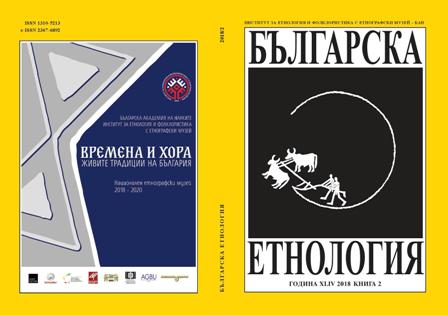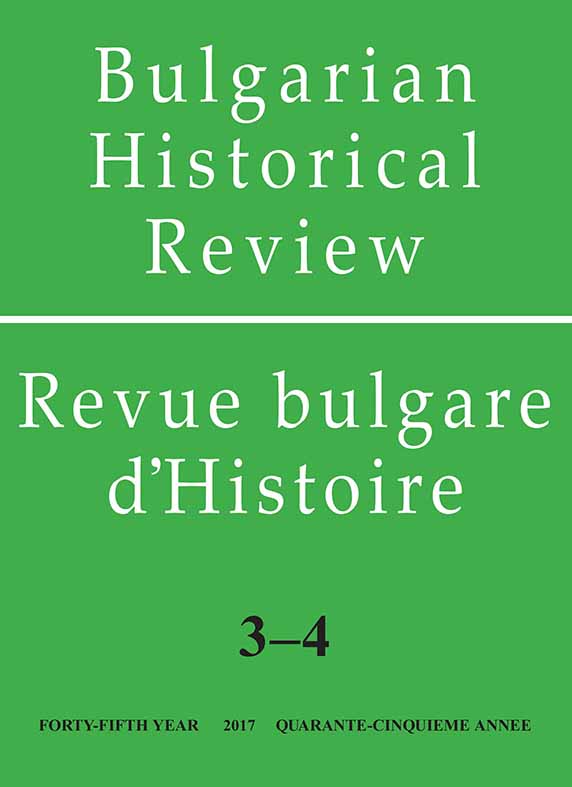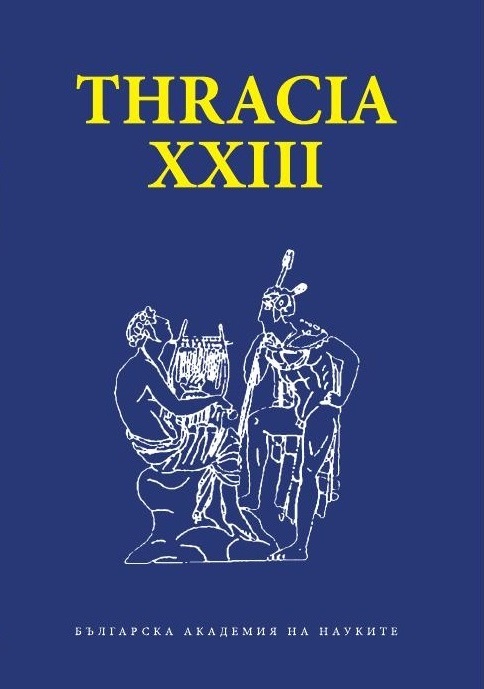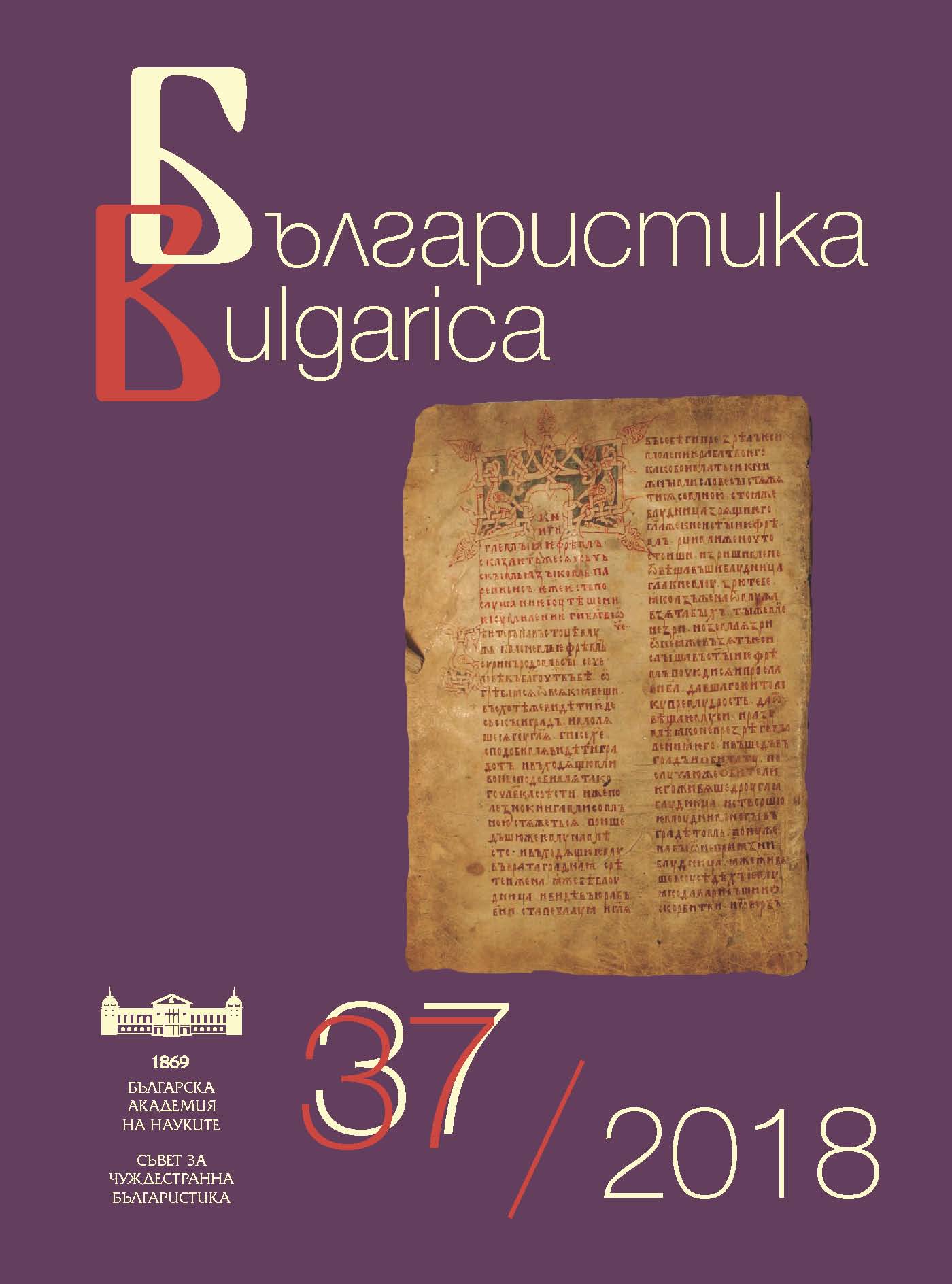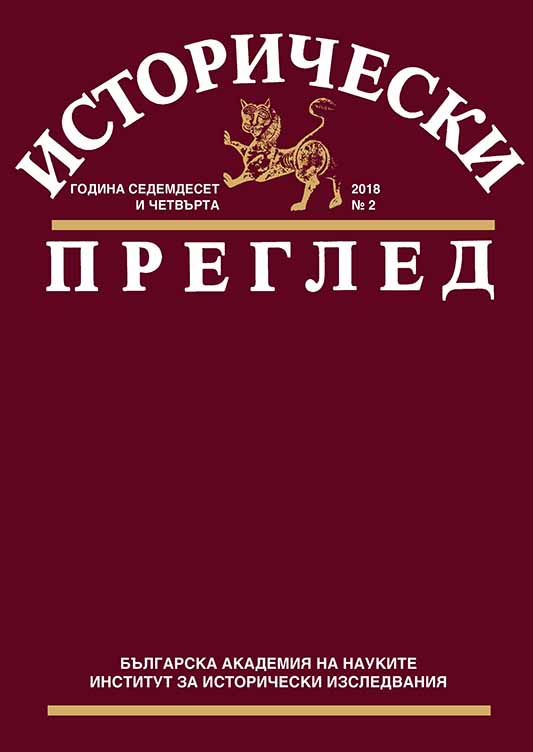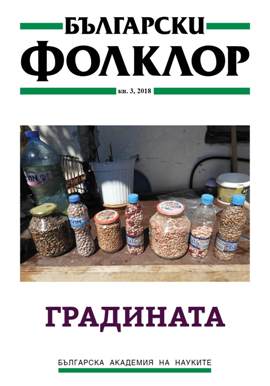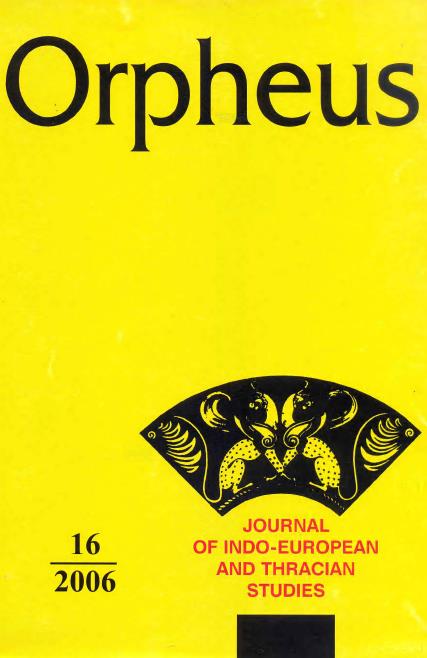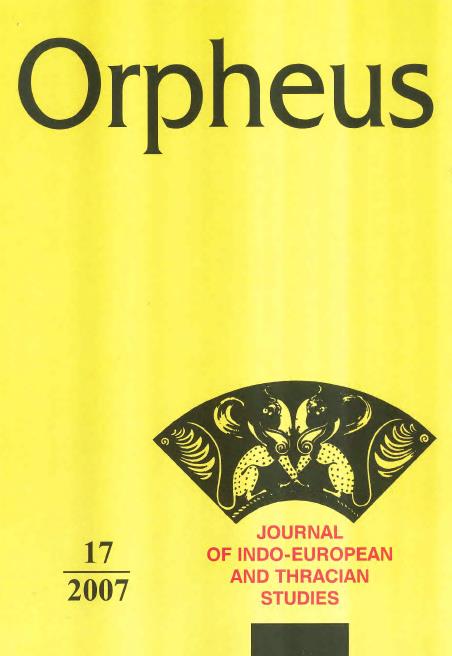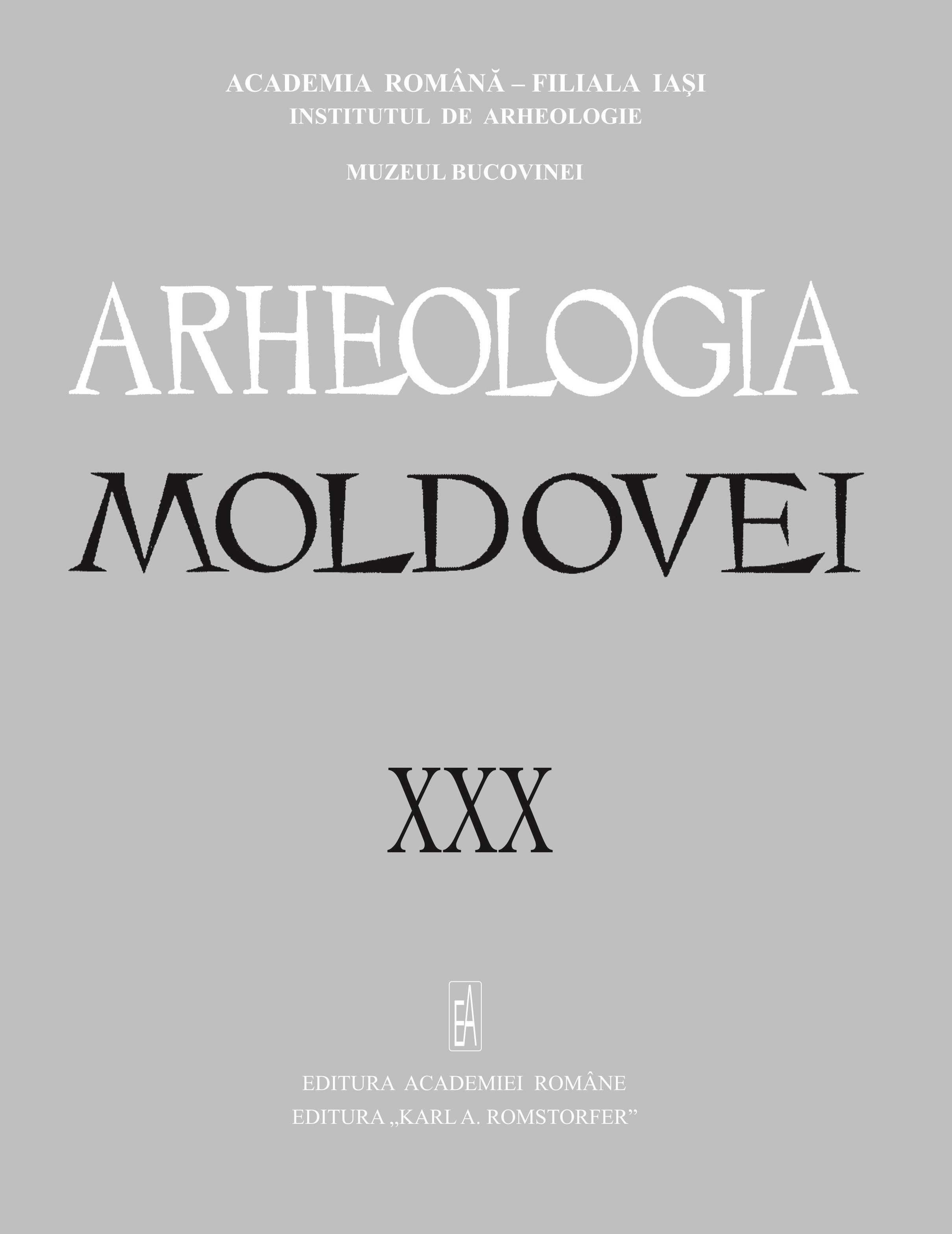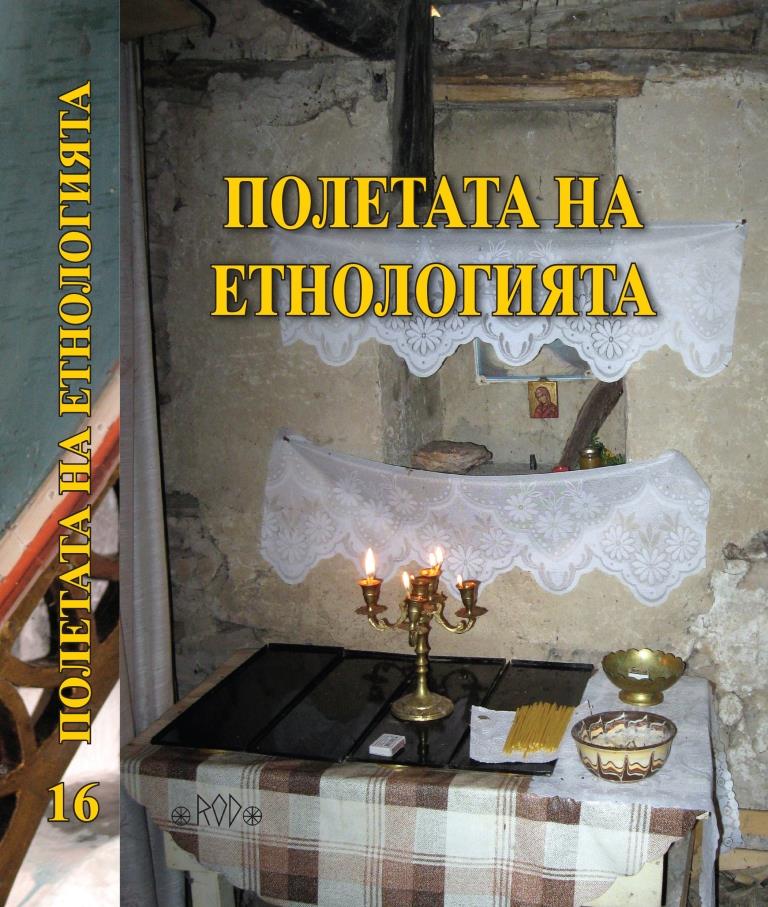
Симболиката и култната примена на каменот и земјата прикажани преку примерот на спанчевските фигуринки (Релации со обичаите и верувањата зачувани кај шопите)
There is one group of findings, discovered at the shrine of St. Atanas in village Spanchevo that includes anthropomorphic and zoomorphic repre¬sents made of mix of dirt (soil) and stones, known under the general term “figurines“.Such represents are characteristic of the Eneolithic period in Macedo¬nia and in the wider Balkan area. Alongside their aesthetic role, they also had a more practical and protective one; they protected the area, people, crops, fertility and good hunt, or to be more precise, they protected the core values from any kind of “evil“.Their undisputed cult affiliation is already accepted in science. How¬ever, we use basic comparative examples in the interpretation of their in¬sufficiently defined role, and we add the observations made on the choice of material and embossed decoration as an addition while trying to recon¬struct their ritual and magical meaning and the definition of the role they had in the community.In this presentation we will focus on the material, iconography and symbolism that is transferred by the figurines, using more sophisticated comparative examples preserved up till nowadays in the cultural group of the Shopi and the region they inhabit. We provide religious and ritual manifestations characteristic of the Shopluk region, in addition to previously confirmed magical-religious function of the figurines, despite the obvious temporal and cultural diversity. These similarities enable com¬parison of beliefs, symbols and images in cultures, which although differ in time, have geographical overlap.
More...
